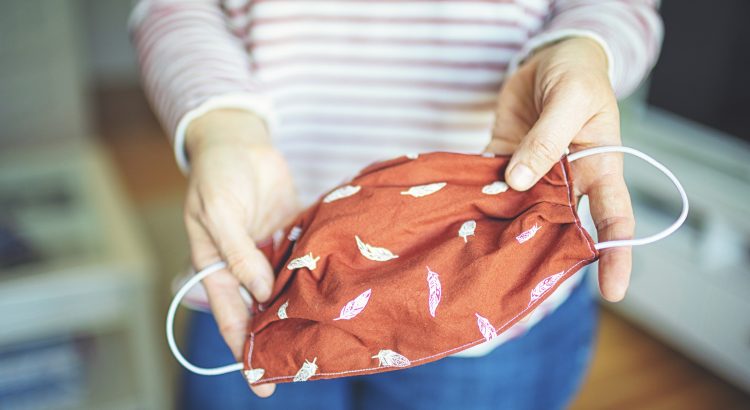Case reports of “maskne,” a term coined during the coronavirus disease 2019 (COVID-19) pandemic to describe a variant of acne, have been on the rise, yet understanding of this adverse effect of mask wearing has largely been based on observation. A letter published in the Journal of the American Academy of Dermatology, suggests maskne is likely caused by follicular occlusion in addition to mechanical stress and microbiome dysbiosis.
Alteration of the skin’s microbiome may be attributable to the increased heat, pH, and moisture that occurs under the mask during prolonged periods of mask-wearing. Individuals living in tropical climates and those with risk factors for acne are at increased risk for this skin disorder, the paper’s author explained.
It was proposed that the clinical criteria for diagnosing maskne would include an onset of acne within a 6-week period of starting regular mask-wearing. Alternatively, the skin disorder could be defined as any exacerbation of existing acne in a facial area covered by the mask referred to as the “O-zone.” This zone is described in the paper as a circular zone encompassing the nose, lips, nasolabial region, and the upper half of the chin.
For patients with acne breakouts related to face masks, physicians should consider recommending antibacterial gentle cleansers, moisturizers that are formulated as Prescription Emollient Devices, and spot treatments containing botanical active ingredients vs chemical active ingredients (ie, benzoyl peroxide, salicylic acid, sulfur, alpha-hydroxy acids, and retinoids), the paper’s author suggested.
Since chemical sunscreens applied under occlusion may increase the risk for acne, UPF 50+ fabric masks could replace sunscreen for the lower half of the face. In lieu of complete replacement, however, physical UV blocking agents, such as sunscreens containing zinc oxide and titanium dioxide, could be used over these areas if the patient tolerates them under occlusion.
Finally, it was suggested that physicians contribute to protective facial masks design. Textiles that include silver, zinc oxide, and copper oxide nanoparticle, for instance, exhibit broad-spectrum biocidal properties “that are therapeutic for dermatological conditions, besides reducing antibiotic resistance in acne treatment,” the paper noted.
Reference
Teo WL. Diagnostic and management considerations for ‘maskne’ in the era of COVID-19. Published online October 1, 2020. J Am Acad Dermatol. doi:10.1016/j.jaad.2020.09.063
[ad_2]
